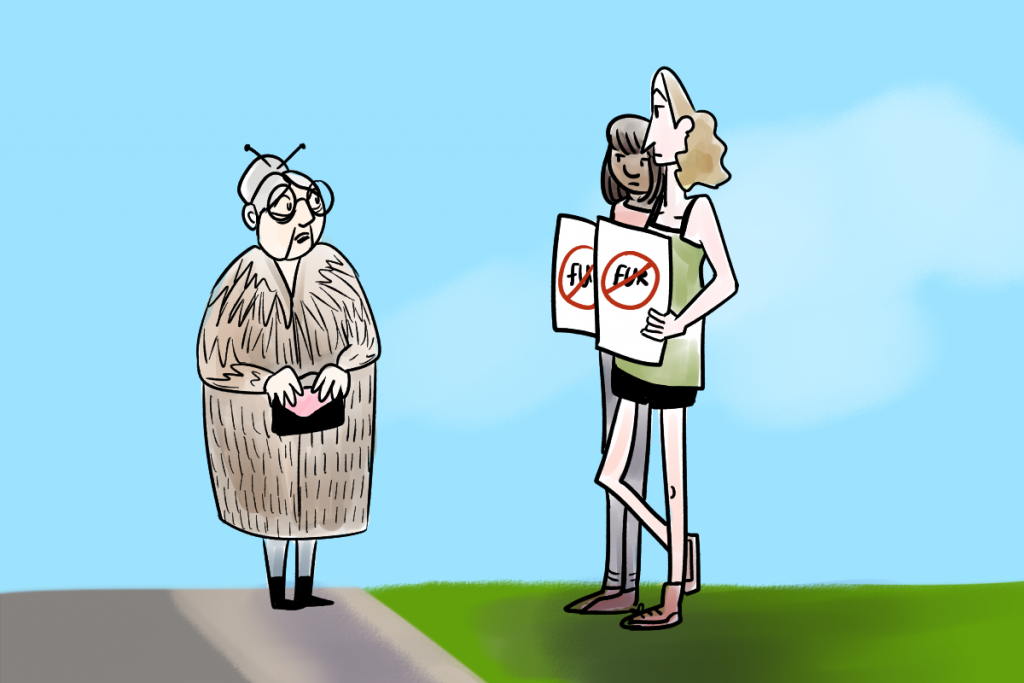
There are many things in the fashion industry that have caused controversy over the years. From culturally insensitive collections to a lack of model diversity, fashion has had its share of missteps. One major issue that many continue to debate is the use of fur. On one hand, you have the designers who appreciate their craft and are willing to use materials at the expense of ethical treatment of animals. On the other hand, you have designers who still have a love for their craft and their creations, but take a more ethical approach to fashion.
Stella McCartney is the “ethics queen” in fashion. She’s continuously been an advocate for animal rights and ethical practices since the very beginning. More designers have been following her lead in recent years, some of whom were very unexpected. It was a shock to everyone when the glamourous house of Versace announced that it would no longer be using fur in any of its collections. Of all the luxury labels, no one saw that coming. But, it does raise the question of how serious the controversy use of fur really is.
Other major labels such as Gucci, DKNY, John Galliano and Burberry have discontinued using fur as well — the list of those going fur-free just keeps getting longer. With advancements in technology, it’s possible to make something faux feel and look exactly the same as the real thing. The similarities can be so seamless, you would have a difficult time differentiating real fur from faux. With the ability to produce something of that caliber, it seems pointless to continue to use real fur when the alternatives are just as good and more ethically sound.
Some cities are trying to move towards becoming fur-free. The Los Angeles City Council voted unanimously in favor of a proposal to ban the manufacturing and selling of fur products. There are already parts of LA that have effective bans on fur, but the specifics differ from area to area. Despite the almost constant sunny weather in LA, it still contributes to the $35.8 billion in global fur sales. Banning fur would definitely affect the industry and the economy, but some are willing to make the change and feel that it’s long overdue.
Some students are in support of the ban and feel like it’s for the better. “I feel like we should stop killing animals for the purpose of getting furs and that we should instead source the furs from animals that died of natural causes or just use faux fur instead,” said Tristan Maxwell-Girod, a third-year illustration student. “Faux fur is fine, but using real animal fur — I’m against,” adds in Gabby Robinson, a third-year fashion marketing and management student. Others are a little bit indifferent, “I mean I like fur, so I can’t really say that it’s not a great thing. I’m still going to wear it,” said Tiffanie McAlister, a fourth-year fashion marketing and management student.
Regardless of where you stand on the fur issue, there’s no doubt that this is an important topic that still needs to be talked about as fashion is moving forward. The more alternatives that become available, the more pressure brands will face if they still opt to use real fur. It’ll be interesting to see which brands will stand firm in their decisions and which will adapt to the evolution and still be able to cater to their consumers.

























